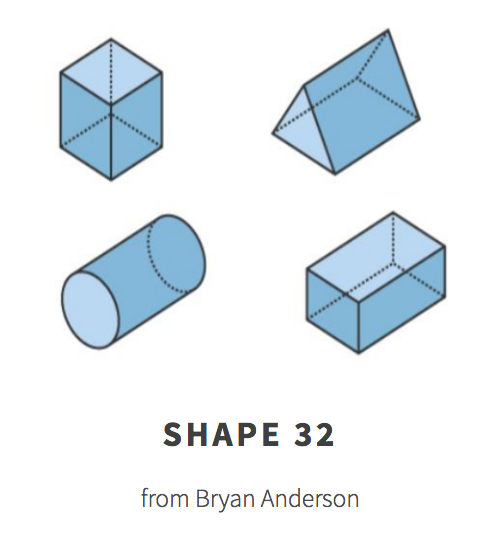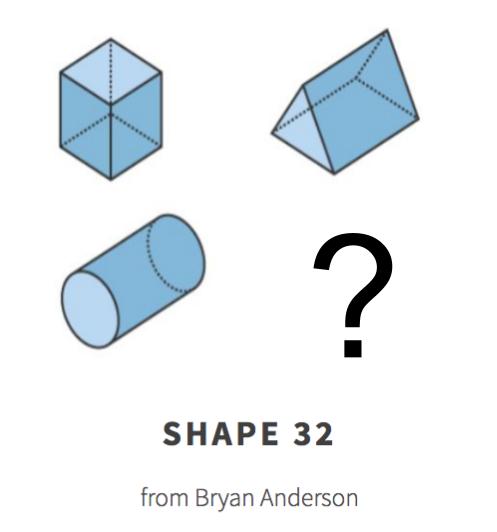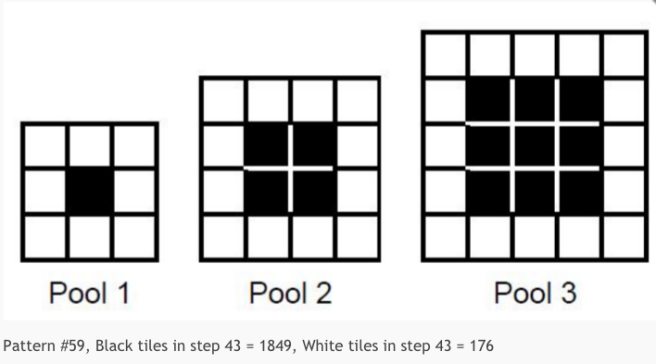Thanks to Matt Oldridge for the nudge to write this post. As an Instructional Coach, I’ve been working hard to respond to teacher feedback, and give teachers exactly what they want, and what they feel like they can use. As as result, I find myself presenting more and more about Reasoning Routines, and applying them on a daily basis. I think that in the math education community, there is a thirst for daily arguing, debate, reasoning and proving in the classroom.
So of course, I now introduce teachers to a bunch of stuff that I’ve tried in my classroom, and two of my favourites are wodb.ca and visualpatterns.org.
A more extensive list of Reasoning Routines I’m working on can be found at my RESOURCES page.
I plan on writing a separate post about wodb.ca and visual patterns, but this one is more meant to just talk about the variety of questions we can ask just using some simple visual cues. And keep in mind my goal to is elicit and respect divergent thinking…that’s why I really value these resources.
The idea is that I show you 4 images, and they all don’t belong for some reason. I want to use this idea to elicit as much student thinking as possible.
Let’s just look at this set of shapes:

I can ask a few questions, which all elicit a different level of thinking:
- Which one doesn’t belong, and why?
- Give me a reason why each one doesn’t belong…
- Which one doesn’t belong, and please draw me another one which doesn’t belong for that same reason.
These three simple questions can be used at any point during a block of learning:
- Access prior knowledge
- Summarize the work we’ve done so far
- Summarize and extend the thinking of everyone in the class
The divergent thinking that happens is amazing. And of course, everyones line starts with…”Well I picked the obvious one…its the___________” except everyone’s obvious blank is different! Its just amazing.
Furthermore, this image can be modified to elicit even further thinking:

Now the question can become…Draw me a shape so that this WODB still works. My students know that this means that this new shape has to not belong for some reason, but still has to allow all 3 other shapes to not belong for their own reason. Holy smokes you should see the thinking and reasoning fly when I pose this, which students and teachers alike.
This site has about 200 growing patterns shown by images that students can use to predict how the pattern is growing. For example:

So I can ask my students how many white tiles are in shape #23 for example, but my favourite thing to ask is describe to me how you see the pattern growing. Then, either together or in small groups, we annotate this description algebraically. Some really spectacular divergent thinking happens…and again, everyone expects that their way is the “common” way to see it. Amazing discussion, and amazing source of conversation when we want to talk about simplifying expressions just to make sure that they all say the same thing! Here are some ways that my students have seen this pattern grow:
Just amazing ways for students to see the same thing differently! So in the end, what we need to do is realize the power of having students reason something to us, to each other, and to themselves. Number Talks is a great example, and if we do that every day, great! But if you’re looking for other ways to Make Reasoning a Routine in your class, consider wodb.ca, visualpatterns.org, and keep an eye on my growing list of RESOURCES that I promise I’ll update as soon as I can 🙂







